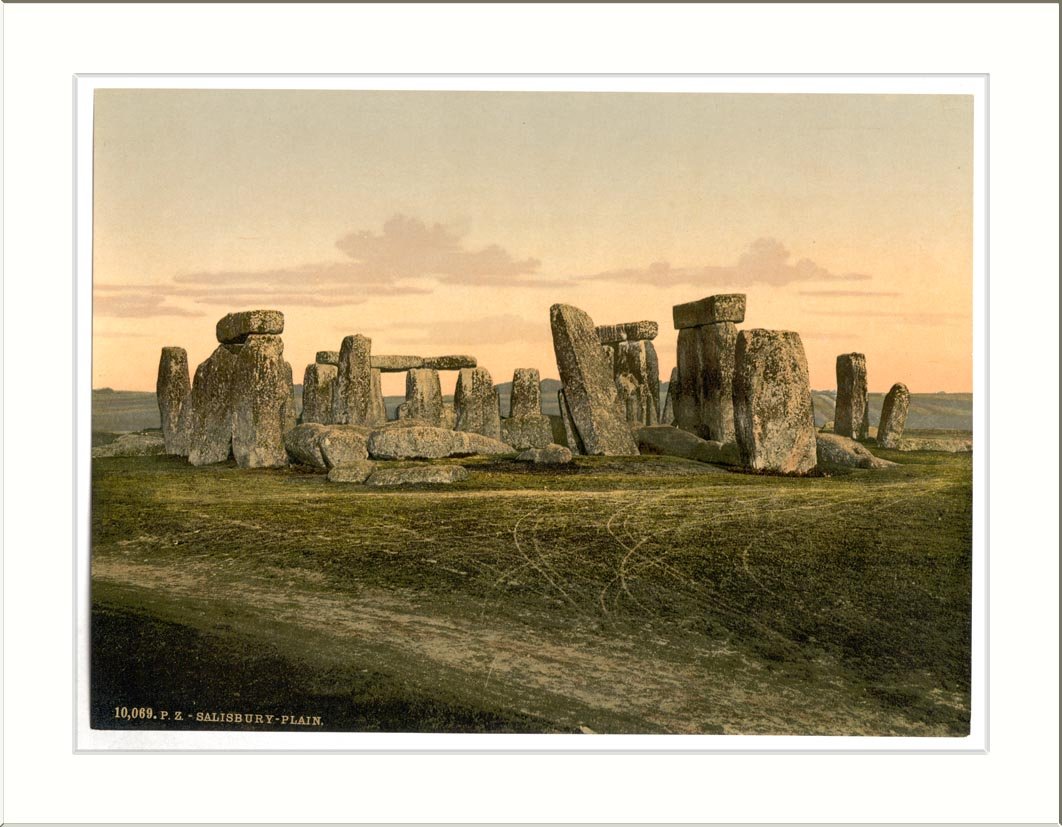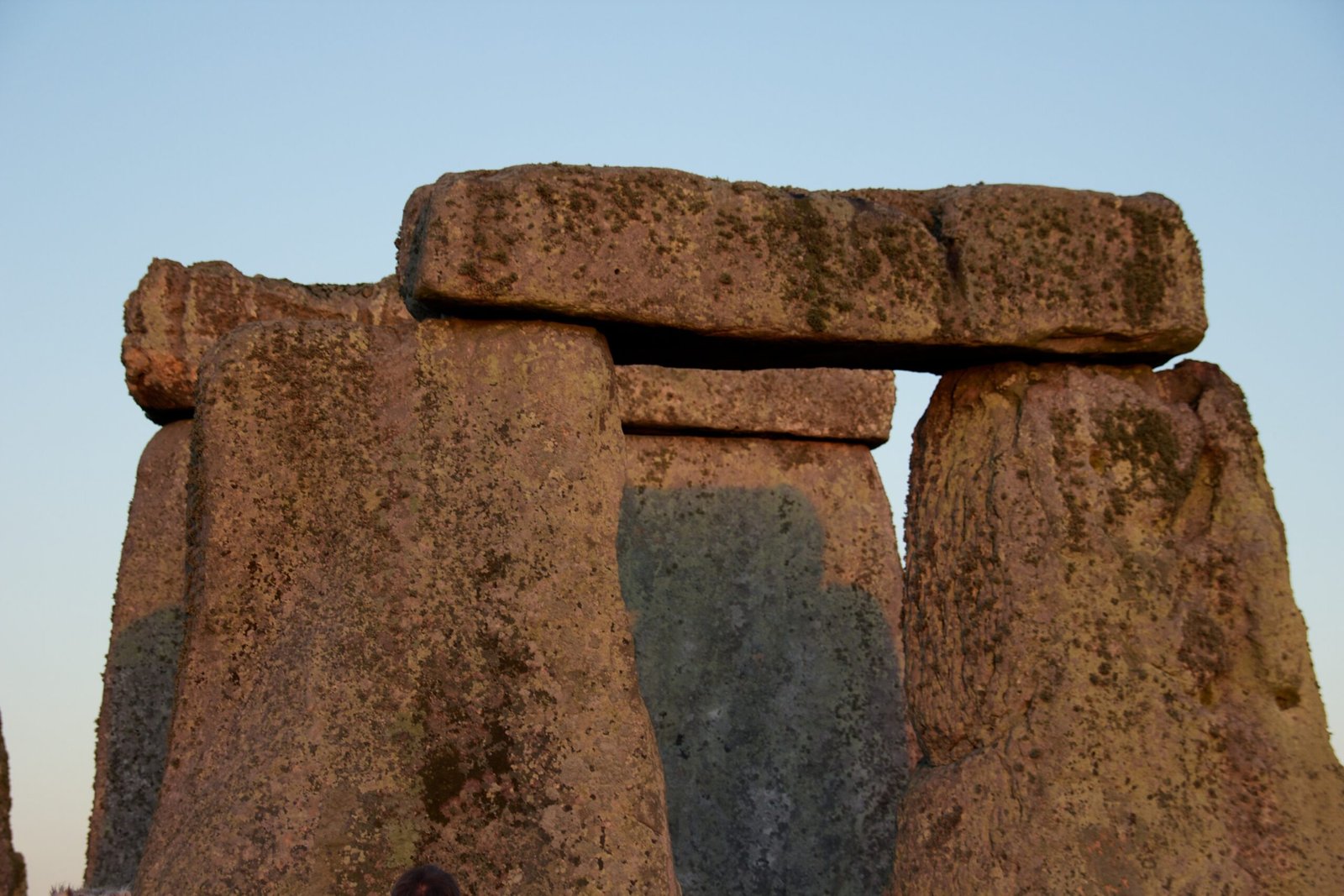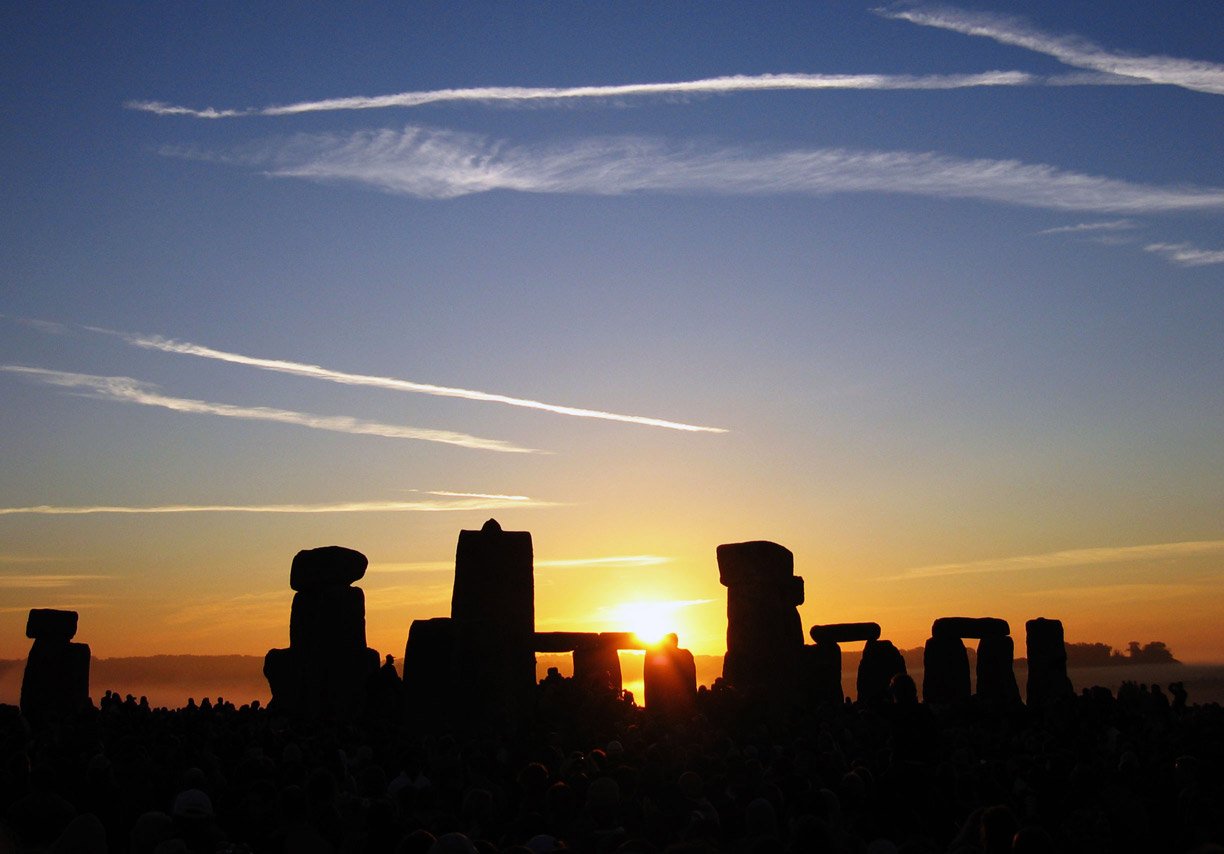Long before telescopes and satellites, beneath the sweeping skies of southern England, ancient people gathered enormous stones and shaped them into a monument that continues to baffle and mesmerize: Stonehenge. Imagine the cold mist of dawn clinging to the megaliths as the first rays of the midsummer sun break over the horizon, aligning perfectly with ancient stones set in the earth. The awe of this spectacle connects us across millennia, inviting us to ask—how did the builders of Stonehenge achieve such cosmic precision? The story behind this iconic stone circle is not just about engineering or ritual; it’s a tale of people watching the stars, reading the skies, and weaving the vastness of the heavens into their earthly lives.
The Setting: A Monument on Salisbury Plain

Stonehenge rises from the gentle rolling fields of Salisbury Plain, its giant sarsen stones and smaller bluestones standing like silent sentinels. This landscape, windswept and open, would have given ancient Britons an unobstructed view of the sky, making it an ideal setting for astronomical observations. The monument’s placement is no accident—its very location allowed for the tracking of celestial events, like the solstices and equinoxes, which were crucial for agricultural societies. The builders wrestled stones weighing up to 25 tons across miles, a feat that suggests a purpose far greater than mere shelter or status. The very land beneath Stonehenge is dotted with ancient burial mounds, hinting at a sacred connection between the earth, sky, and those who once called this place home.
The Mystery of the Megaliths
The stones themselves are massive, some standing over 13 feet tall. Their sheer size and the distances they were transported—some from over 150 miles away in Wales—raise powerful questions. Why go to such lengths? One reason could be the stones’ alignments. Archaeologists have long noted that certain stones line up precisely with significant solar and lunar events. For example, the Heel Stone marks the spot where the sun rises at the summer solstice, a time that likely marked the peak of the growing season. The mystery deepens when we realize that these alignments were not accidental—they required generations of observations, meticulous planning, and an understanding of astronomy far more advanced than many assume for Neolithic people.
Solar Alignments: Chasing the Sun

Perhaps the most famous astronomical feature of Stonehenge is its alignment with the summer solstice sunrise. On this longest day of the year, the sun appears to rise directly above the Heel Stone, casting a dramatic shadow through the heart of the monument. This event was so important that today, thousands still gather to witness it, echoing the ancient ceremonies that may have once filled the air with chanting and celebration. The winter solstice sunset is also marked by the stones, showing that both ends of the solar year were significant. These solar alignments were not just about marking time—they may have signaled planting and harvest periods, times for communal gathering, or spiritual rites that connected people to the turning of the year.
Lunar Mysteries: Tracking the Moon’s Dance
Stonehenge is not just a solar calendar; it’s also a lunar observatory. The monument includes several alignments that track the complicated cycles of the moon. The so-called “Aubrey Holes,” a ring of 56 pits, may have been used to predict lunar eclipses or to follow the 18.6-year lunar standstill cycle—a rare event when the moon reaches its furthest extremes in the night sky. For ancient communities, understanding the moon was essential. Lunar cycles influenced everything from hunting and gathering to ritual activities and the timing of festivals. The careful observation of the moon’s dance across the sky shows just how closely ancient Britons watched the heavens, using the moon as both a clock and a compass.
The Builders: Who Were the Astronomers?
The people who built Stonehenge were not faceless laborers; they were skilled astronomers, engineers, and artists. Archaeological evidence suggests they came from communities across Britain, drawn together by shared purpose and knowledge. Some likely traveled hundreds of miles, bringing not only stones but also stories, traditions, and a deep understanding of the sky. Their knowledge was probably passed down through generations—oral traditions, careful observations, and perhaps even early forms of record-keeping. These ancient astronomers would have known the stars intimately, tracking their movements with a precision that still amazes modern scientists.
Tools of the Ancient Skywatchers
Without telescopes or advanced mathematics, how did Stonehenge’s builders achieve such accuracy? They likely used simple tools—wooden posts, sightlines, and stone markers—to observe the rising and setting points of the sun and moon. By marking these positions year after year, they could predict important celestial events. Some researchers believe the builders may have used cords or ropes to measure angles, or even water-filled ditches to reflect the sky, creating a natural planetarium. These ingenious methods, born of necessity and creativity, show that profound scientific insight can arise from humble beginnings.
Cultural Significance: Sky, Ritual, and Society
Stonehenge was more than a scientific observatory; it was a sacred gathering place. The cycles of the sun and moon were woven into the rhythm of daily life—guiding planting, harvesting, and the timing of rituals. Ceremonies held at Stonehenge may have celebrated life and death, marking the passage of seasons and the turning of generations. The monument’s design creates a powerful sense of connection, pulling the gaze upward to the heavens and grounding it in the earth. For ancient Britons, Stonehenge was a bridge between worlds—a place where the mysteries of the cosmos came alive.
Beyond Stonehenge: Other Ancient Observatories

Stonehenge is not alone in its astronomical significance. Across Britain, other stone circles and monuments—like Avebury, Castlerigg, and Callanish—show similar alignments with the sun and moon. Each site offers a unique perspective on how ancient societies viewed the sky. These monuments remind us that the urge to understand the heavens was widespread, inspiring creativity and collaboration. They also suggest a network of knowledge, with ideas and techniques spreading between communities. Exploring these sites, one feels the same sense of wonder that must have filled the hearts of those who built them.
Modern Science Meets Ancient Wisdom
Today, archaeologists and astronomers use the latest technology—satellite imaging, computer simulations, and 3D modeling—to unravel the secrets of Stonehenge. These modern tools reveal just how precise the monument’s alignments really are. Yet, as sophisticated as our technology may be, it often leads us back to the same questions the ancients faced: What inspired such devotion to the stars? How did people working with simple tools achieve such cosmic understanding? Modern science doesn’t diminish the achievements of the past—it makes them all the more astonishing.
The Enduring Mystery and Magic of Stonehenge

Standing among Stonehenge’s stones at sunrise or under a canopy of stars, it’s impossible not to feel a sense of awe. The monument is a testament to human curiosity, ingenuity, and the timeless desire to find meaning in the universe. Its stones whisper of celebrations, discoveries, and the eternal search for understanding. To this day, Stonehenge invites us to look upward, to marvel at the night sky, and to remember that we are part of a much larger cosmic story.


